Hotels.ng Blog
Hotels.ng Guides
All you need to know about Travel in Nigeria!
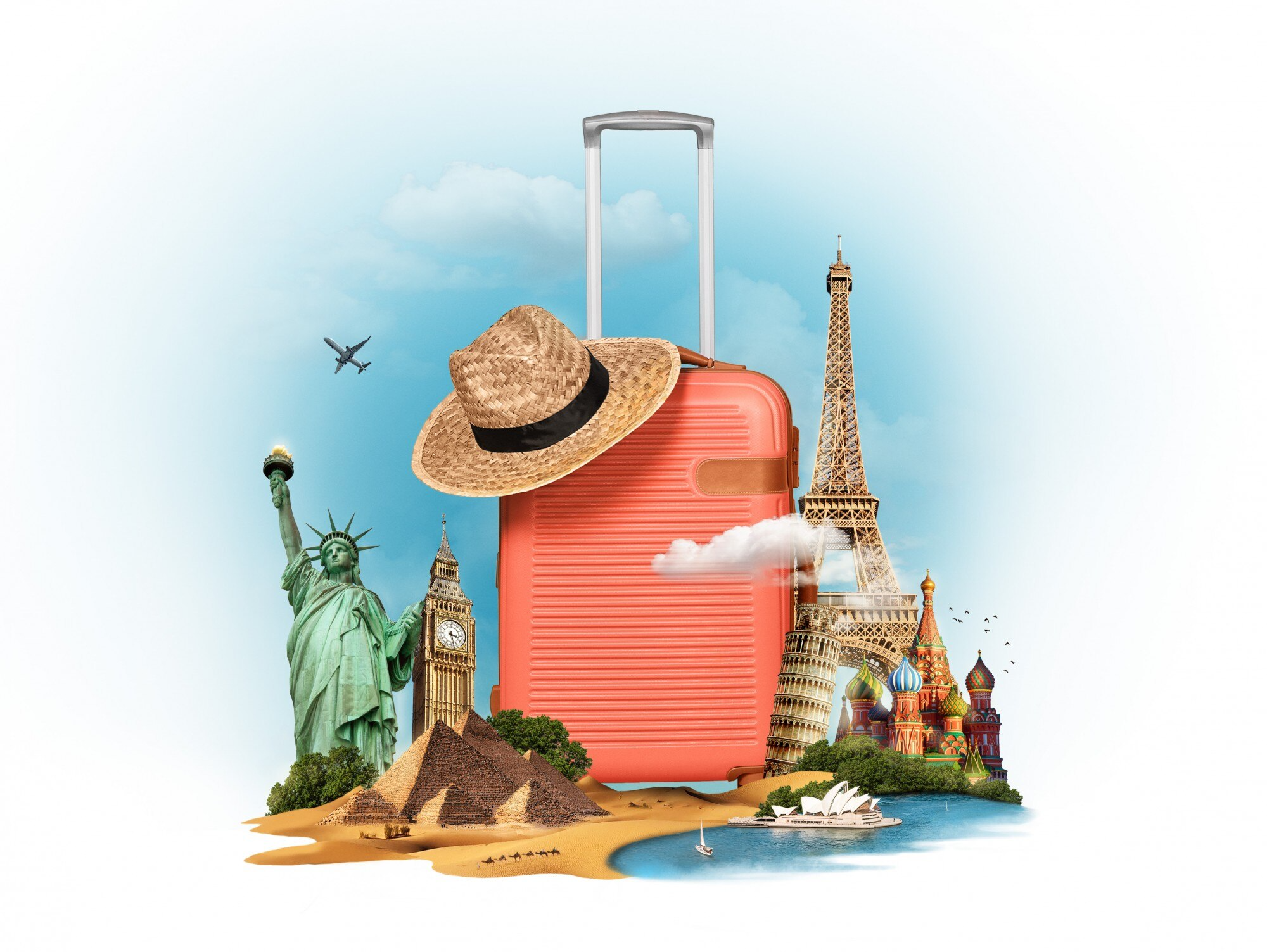
Explore More Articles
-

Create Memorable Experiences at the Ani Ozalla ...
Located in Ozalla at Nkuanu West Local Government Area in Enugu, it is a natural lake that is inh... Eniola Arowosegbe . 25 Feb 2020 -
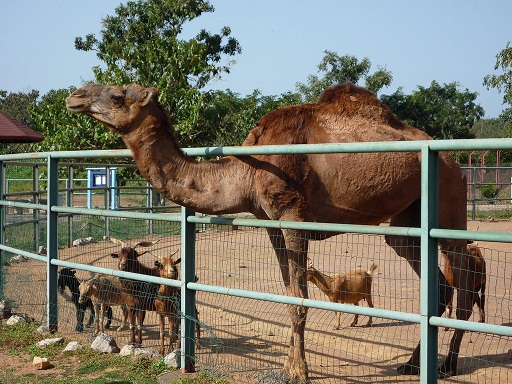
Get the best club and lounge experience when yo...
Barcode Lounge is Nigeria's premier destination for lunch, happy hour, dinner and late-night rela... Rebecca . 04 Dec 2019 -

Enjoy the peace and serenity of nature at Tiga ...
The Tiga Dam has become an outstanding creation that is outside Kano. The ambiance is attractive ... Rebecca . 11 Dec 2019 -
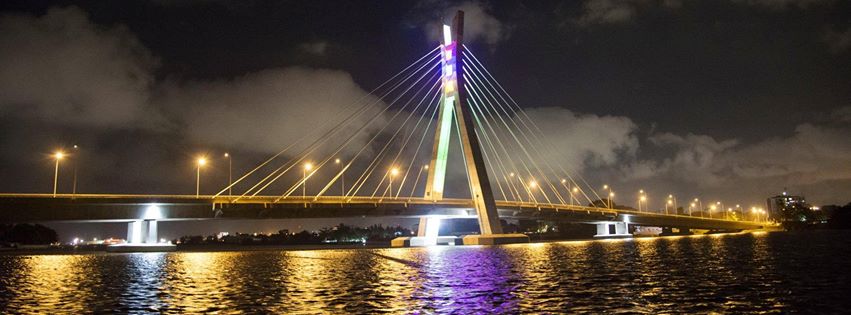
Cantina Restaurant Abuja - Good Food, Pleasant ...
Cantina Restaurant is an Italian Restaurant based in Abuja, the capital city of Nigeria. The ... Adebanke Bakare . 20 Nov 2019 -

Learn the best of history at the Gidan Makama M...
Gidan Makama Museum Kano or Kano Museum is a museum in Kano, Nigeria. This building served a... Rebecca . 11 Dec 2019 -

Best Places To Spend The Easter Holiday in Lago...
Easter, just like other holidays, is a time most people look forward to. It is usually the first ... Mosimileoluwa Alabi . 25 Feb 2020 -

A Trip To Chad Basin National Park, Abuja.
The Chad Basin National Park in Abuja is a combination of the former Chingurmi-Dugoma Game Reserv... Adebanke Bakare . 28 Nov 2019 -
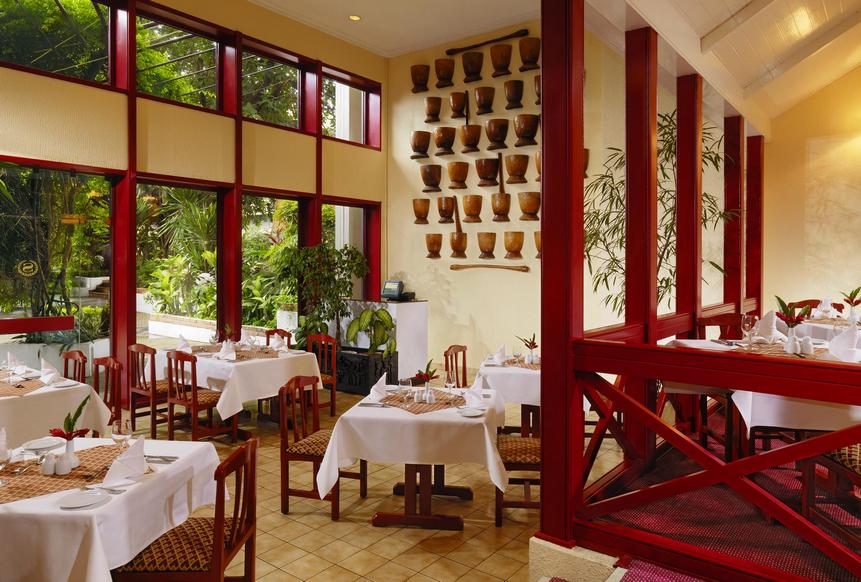
Ibeno Beach - The Climax of Fun and Entertainme...
Popularly known as the longest sand beach in Africa, Ibeno beach is an amazing view of crystal cl... Eniola Arowosegbe . 17 Jan 2020 -
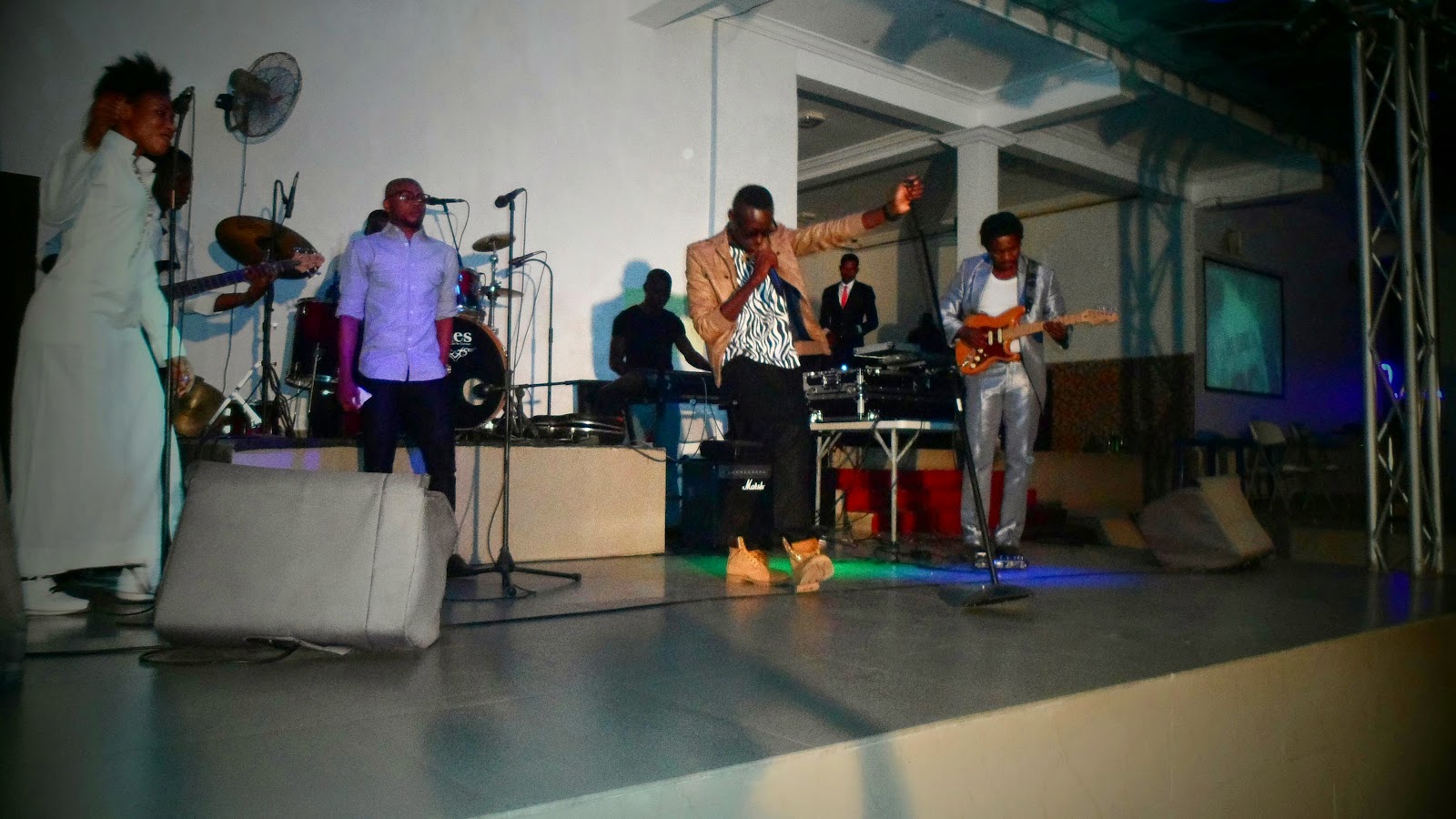
Film House Cinemas, Port Harcourt
Location: 2nd Floor, 1 Azikiwe Road, Port Harcourt Phone Number: 0902 497 3098 Film House C... Faith Ojomo . 29 Nov 2019 -

Luxury On a Budget: Top 10 Hotels for your Holi...
Everyone wants to experience luxury and comfort but sometimes are deterred due to the exorbit... Eniola Arowosegbe . 28 Jan 2020 -

Take a Tour and Delight Your Sights Around Summ...
Summit Hills is a world-class development area covering a land area of 367 hectares located north... Eniola Arowosegbe . 18 Dec 2019 -
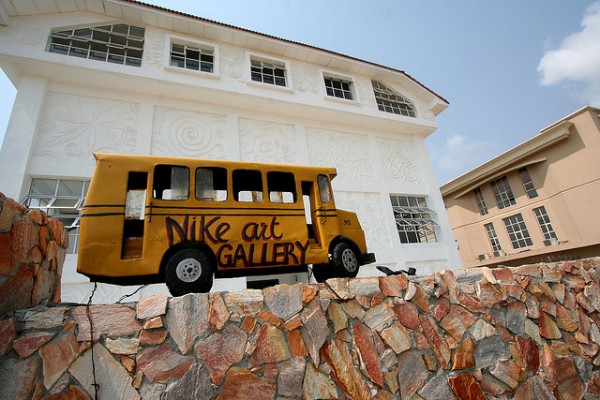
Experience Shopping Thrills At Township Mega Pl...
Address: 89 Aggrey Road, Township. Port Harcourt Phone Number: +234 817 387 6767 Busi... Faith Ojomo . 20 Nov 2019 -
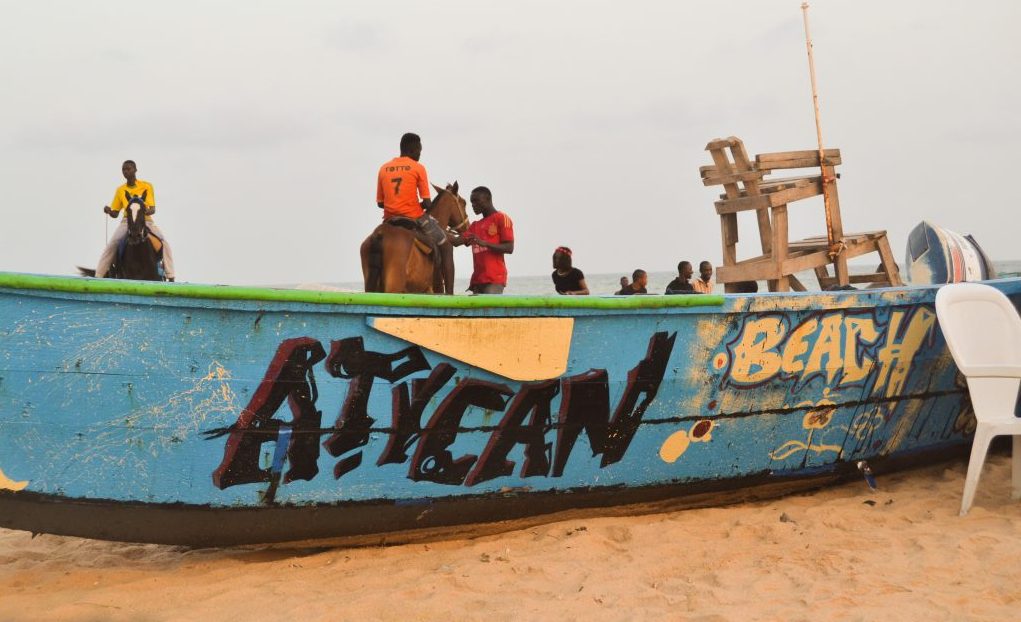
A Guide To Exploring Shoprite, Ibadan
Shoprite Group of companies is one of the biggest retail stores in Nigeria. Although owned by a S... Lilian . 27 Nov 2019 -

Viva Cinema in Ibadan - An Amazing Place to Hav...
Viva Cinema is one of the best cinemas in Ibadan that offers quality service to movie lovers. The... Lilian . 15 Nov 2019 -

Catch Up with History at the National Museum Ca...
National museum Calabar is a 19th century building set on a hill overlooking the Calabar river. &... Eniola Arowosegbe . 09 Dec 2019 -

See Various Artworks at Abuja Arts and Crafts V...
Entry: free Open: 8am-6pm Address: 1161, Sanni Abacha way, Wuse, Abuja. Phone: 070 5579 ... Eniola Arowosegbe . 25 Feb 2020 -

Enjoy the Relaxing Environment at Magic Park Ga...
Address: 3 John Nwodo close, opposite St Mary's hospital, Fire service Bustop, Enugu Con... Eniola Arowosegbe . 24 Feb 2020 -

Enjoy Amazing Meals At Hakarat Mall and Eatery,...
Address: 252 Obi Wali Road, Rumuigboobio Akpor Port Harcourt.Phone Number: 09032901976 ... Faith Ojomo . 19 Nov 2019 -

Relax and Stretch your muscles at the Vosan Wel...
Address: Vosan House, 5-7 Vosan Drive, Independence Layout, Enugu, Nigeria. Phone: 0803 490 95... Eniola Arowosegbe . 24 Feb 2020 -

Take a Refreshing Tour of Ngwo Caves and Waterf...
Ngwo Caves and Waterfall is one of the most common tourist sites in the endowed coal city Enugu, ... Eniola Arowosegbe . 24 Feb 2020
